Oil price posts two-year highs - but how long can it last?
Brent rose above $59 a barrel this week, its best third-quarter showing since 2004
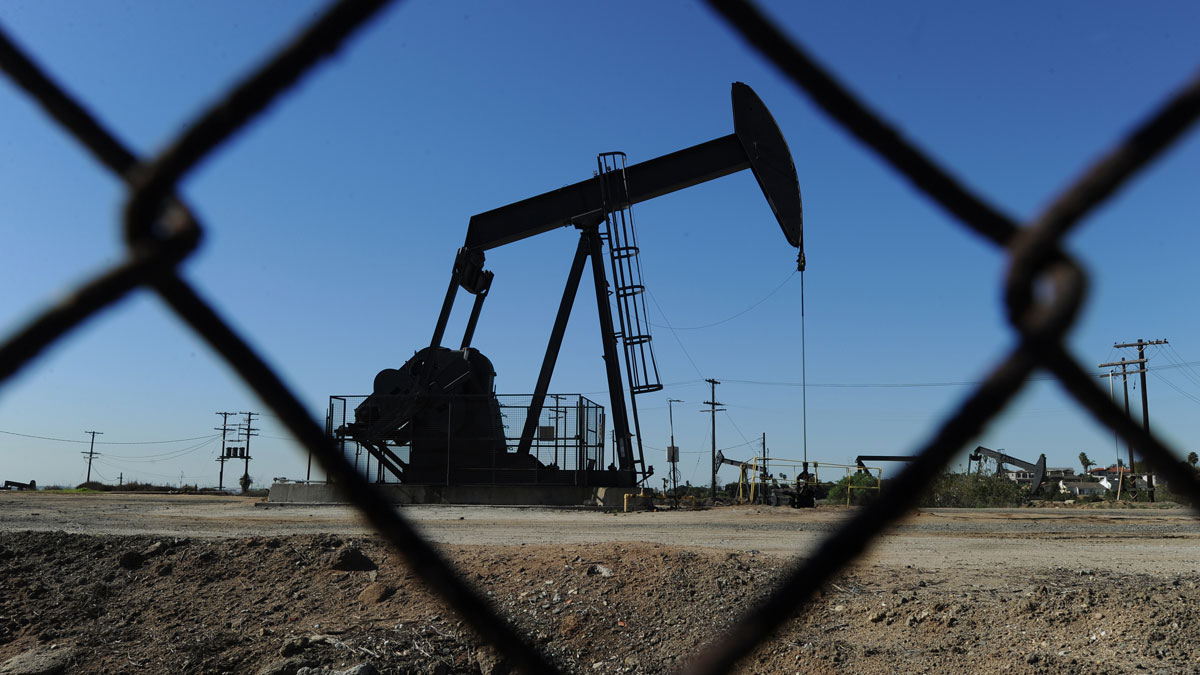
Oil price rises as confidence in market continues
27 February
The price of oil rose this morning as investors remained confident that the commodity is on the road to rebalancing. But the gains were limited by news that the US is stepping up production.
In London, Brent crude was at $56.54 a barrel at 10.53am local time this morning, up 55 cents on its previous closing price, while West Texas Intermediate (WTI) in the US had risen 39 cents to $54.38.
The Week
Escape your echo chamber. Get the facts behind the news, plus analysis from multiple perspectives.

Sign up for The Week's Free Newsletters
From our morning news briefing to a weekly Good News Newsletter, get the best of The Week delivered directly to your inbox.
From our morning news briefing to a weekly Good News Newsletter, get the best of The Week delivered directly to your inbox.
The increase comes after the US Commodity Futures Trading Commission (CFTC) announced on Friday that new data showed that confidence in the recovery of the oil price was booming. Money managers raised their long positions on WTI to the highest on record, Reuters reports.
Commerzbank said in a note: "Oil prices are being supported by the ongoing buying interest shown by speculative financial investors, who for the first time expanded their net long positions in WTI to more than 400,000 contracts."
Both benchmarks – Brent and WTI – had fallen towards the end of last week, however, when the US Energy Information Administration's weekly figures showed that production of oil had increased, with stockpiles of an extra 564,000 barrels.
This deterred traders, despite the fact that reserves of oil usually do expand at this time of year, and despite the increase being significantly lower than many analysts had forecast, says Invezz.
A free daily email with the biggest news stories of the day – and the best features from TheWeek.com
The price of oil has seen a modest but sustained recovery in recent months after a long freefall that began in 2014 thanks to a global oversupply of the commodity. In February 2016, oil touched lows of less than $30 a barrel. (In June 2014, the price of crude was $112 per barrel.)
For most of last year, however, oil hovered around $50 a barrel, thanks to a combination of factors including wildfires in Canada that forced firms to reduce their output. With less oil produced, the price rose.
In November last year, Opec nations agreed to cut production by 1.2 million barrels per day this year. Shortly afterwards, other major producers including Russia promised to reduce output.
The promised worldwide cut in production has boosted investor confidence. Many are optimistic that the price will rebalance this year.
US oil price rises to 19-month high
24 February
The oil price enjoyed another winning session on Thursday, with one benchmark ending its New York session at its highest level since July 2015.
West Texas Intermediate, which sets the price for oil produced within the US, was up 1.6 per cent on the day to $54.45 a barrel. It pared gains marginally to $54.15 this morning.
Its international counterpart, Brent crude, rose 1.3 per cent to end yesterday's session at $56.60 a barrel. This is marginally lower than it has been at various points this month, but still close to its 18-month high.
"Oil jumped after [US energy regulator] the Energy Information Administration said US commercial crude oil inventories rose by 600,000 barrels in the week to 17 February," says MarketWatch.
In a survey by the Wall Street Journal, analysts had forecast a rise of 3.4 million barrels. Lower reserves indicate that supply is coming more into balance with demand, adding to the sense of an end to the two-year oil glut that has weighed on prices.
However, regulatory figures show US oil output rose to more than nine million barrels per day last week, the first time it has been above that threshold since last April.
It is feared that increases in US production due to higher prices could offset the gains made by Opec, Russia and other producer countries agreeing to cut output by 1.8 million barrels a day.
As a result, oil has been caught in a tight range of late - and this could also explain why Brent has failed to break a ceiling at $60 a barrel.
Citi Futures analyst Tim Evans said: "Opec will need to keep the limits on production beyond the initial six-month term if inventories are to be drawn down over the second half of the year."
Oil price rises after Opec chief hints at more cuts
22 February
The oil price hit a three-week high yesterday after the head of Opec hinted the group could over-comply with production cuts.
Secretary general Mohammed Barkindo told an industry conference in London the cartel would seek to reduce output beyond the 1.2 million barrels a day agreed in November.
Saying production data showed compliance with the deal was currently at 90 per cent, he added: "All countries involved remain resolute in the determination to achieve a higher level of conformity."
"Barkindo said it was too early to say if the supply cut, which lasts for six months from Jan. 1, would need to be extended or deepened at the next Opec meeting in May," Reuters adds.
Following his remarks, Brent crude, the international oil price benchmark, touched $57.30 a barrel in New York before dropping back, eventually closing the session up 0.9 per cent at just shy of $56.70. It had consolidated modestly this morning, edging down to $56.30.
US counterpart West Texas Intermediate peaked a little above $54.70 a barrel and closed up 1.2 per cent at around $54, roughly where it was holding this morning.
Analysts say the fact oil has been so restricted of late, trading in a tight $5 range, suggests traders are waiting for a signal on the cuts deal.
Fawad Razaqzada, technical analyst for Forex.com, said: "From a technical perspective, the tight consolidation above last year's key broken resistance levels suggests oil prices have been coiling to break higher.
"I am anticipating both oil contracts to break out of their recent ranges and head higher."
However, others remain cautious and say there is still a high level of distrust of the Opec figures and that the market will wait to see actual reductions in global crude inventories.
Tim Evans, energy futures specialist at Citi Futures, said: "While Barkindo's statement puts a confident spin on market fundamentals, we'd say questions do remain."
While he cited expected production increases from Opec member Iran, JP Morgan yesterday said its sources believe Iraq, Venezuela, Algeria and the Emirates are also increasing output.
Oil price 'vulnerable' amid questions over Opec cuts
21 February
"The short-lived recovery of world oil prices is already in danger," says the Daily Telegraph, citing expert analysis of export data showing that the reality of Opec cuts is far less significant than the headline reduction in production being claimed.
In addition, there is also evidence that US shale oil output is continuing to recover strongly as the oil price remains well above $50 a barrel.
Hedge funds and other traders have raised their "long" positions - bets on a higher oil price in the future - to the largest on record, says Reuters.
Jonathan Chan, an analyst at Phillip Futures in Singapore, said: "I think this prolonged and increasing overcrowding of speculative net longs should be a cause for concern. Crude oil prices do not seem to be rising with this increase.
"Should there come a time when these speculative positions decide to unwind, oil prices will be in for a significant correction."
Having risen sharply late last year, after Opec, Russia and other producers agreed to cut 1.8 million barrels a day from their output, the oil price has been rooted around the mid-$50s for the past couple of months.
Official estimates suggest Opec's compliance with the deal is around 90 per cent.
But the Telegraph says evidence from export data shows the cartel's members are offsetting domestic demand with other energy sources and that crude exports remain high.
Tamas Varga, from brokers PVM Oil Associates, said: "By our estimates non-Opec compliance was just 40 per cent in January and that is not enough to curb global oversupply."
JP Morgan's David Martin agreed, saying Opec deserves no better than a "C-" for its efforts.
The bank said its sources suggest member countries Iraq, Venezuela, Algeria and the Emirates are increasing output, while Saudi Arabia has switched to new gas fields to generate power inside the kingdom.
"Overall, exports from the Middle East have dropped by just 500,000 [barrels per day]," says the Telegraph.
While this could undermine the oil rally, it is not expected to prompt a return to the 13-low of $28 a barrel reached this time last year.
Oil price falls as US crude stocks surge to all-time high
16 February
The oil price fell yesterday and was back below $56 a barrel this morning, after US crude oil stocks rose for the sixth consecutive week, says MarketWatch.
Figures from US regulator the Energy Information Administration revealed a massive 9.5 million barrel boost in reserves, three times more than traders expected, says Reuters, and pushing the overall total to 518 million barrels, an all-time high since records began in 1982.
Petrol stocks also rose by 2.8 million barrels last week, defying analysts' predictions for a 750,000-barrel drop.
Crude and petrol stocks rising at the same time is a negative signal on demand, which has already been below persistently high levels of supply for more than two years amid a bitter global production turf war.
For much of that time, there has been an asymmetry in US stocks trends, with crude reserves often rising when petrol stocks fall and vice versa.
That implies refinery activity is driving the figures, rather than real, underlying demand.
Since the Opec cartel, Russia and other producers pledged to cut 1.8 million barrels a day from output, experts have predicted that global demand will rise sustainably above supply in the second half of this year.
But until that hypothesis is proven - or otherwise - the market is not reacting strongly to stocks statistics, which explains why the oil price remains rooted in its mid-$50s range.
Gavin Wendt, founding director at commodity research firm MineLife, said: "There's no doubt the world oil market is very much in wait-and-see mode, which is why the price has remained in the… range since mid-December."
-
 A luxury walking tour in Western Australia
A luxury walking tour in Western AustraliaThe Week Recommends Walk through an ‘ancient forest’ and listen to the ‘gentle hushing’ of the upper canopy
-
 What Nick Fuentes and the Groypers want
What Nick Fuentes and the Groypers wantThe Explainer White supremacism has a new face in the US: a clean-cut 27-year-old with a vast social media following
-
 5 highly amusing cartoons about rising health insurance premiums
5 highly amusing cartoons about rising health insurance premiumsCartoon Artists take on the ACA, Christmas road hazards, and more
-
 How might the Israel-Hamas war affect the global economy?
How might the Israel-Hamas war affect the global economy?Today's Big Question Regional escalation could send oil prices and inflation sky-high, sparking a worldwide recession
-
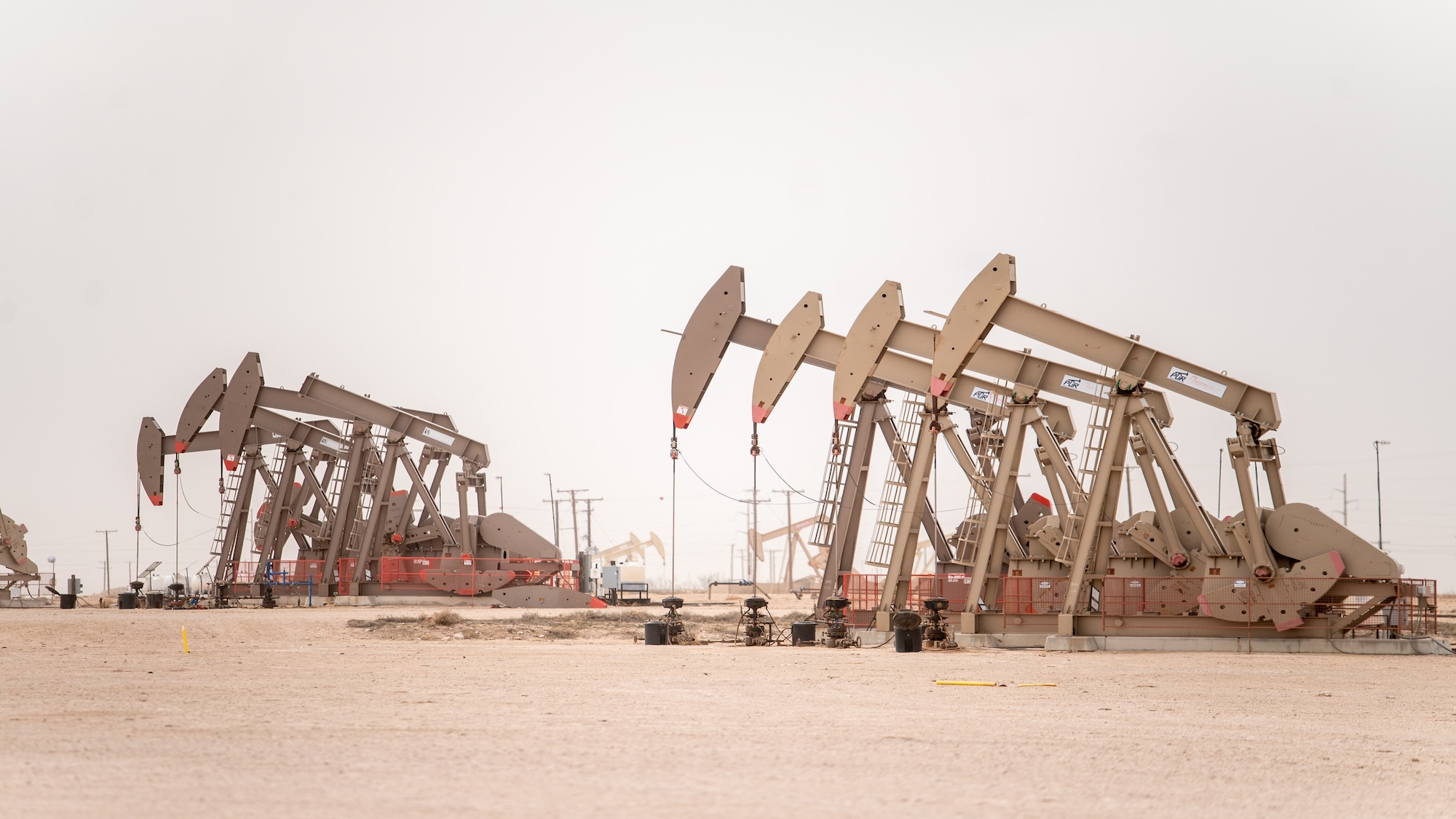 Recent mega-mergers could signal a turning point for the US oil industry
Recent mega-mergers could signal a turning point for the US oil industryTalking Point Both Chevron and Exxon have recently spent billions to acquire smaller oil companies
-
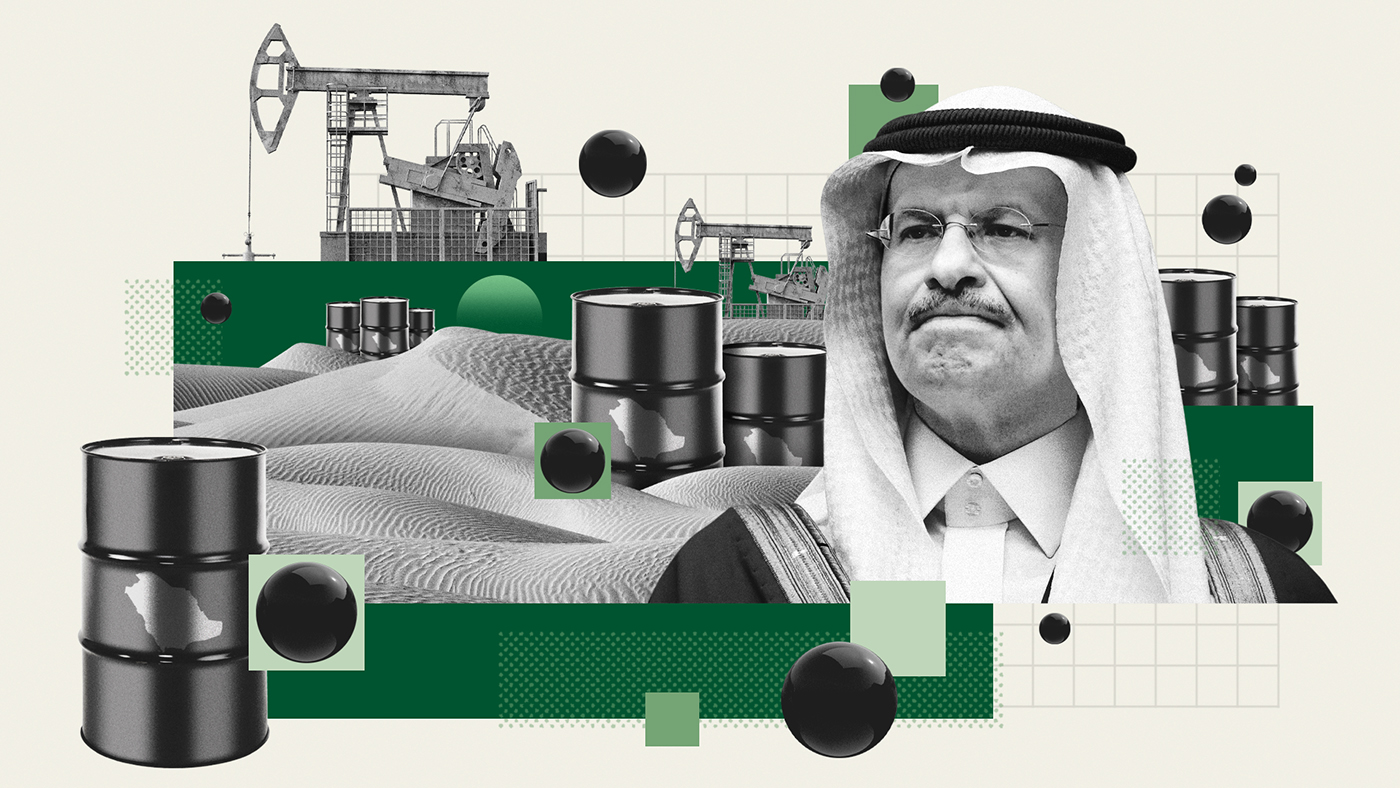 Has Saudi Arabia lost control of oil prices?
Has Saudi Arabia lost control of oil prices?Today's Big Question Kingdom goes it alone to cut production, risking tension with US and reigniting cooling inflation in Europe
-
 US angered by Opec+ oil cut
US angered by Opec+ oil cutSpeed Read Energy prices to rise further as producers slash supply by two million barrels a day
-
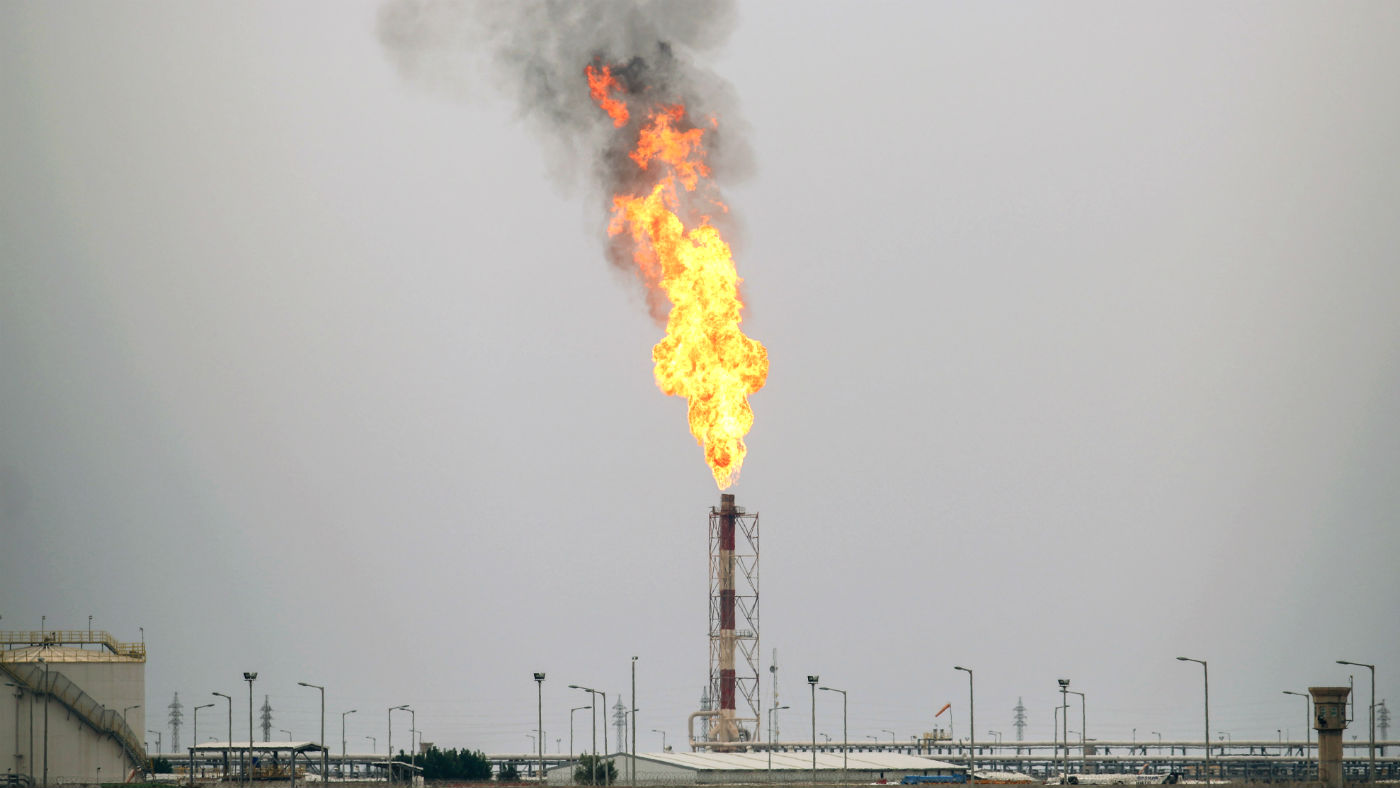 Global oil demand forecast lowered for 2020 and 2021
Global oil demand forecast lowered for 2020 and 2021Speed Read IEA report says jet fuel demand remains the major source of weakness
-
 Are US-Iran tensions flaring again?
Are US-Iran tensions flaring again?In Depth Trump threatens military action over Twitter
-
 Can a deal be struck to raise oil prices?
Can a deal be struck to raise oil prices?In Depth Opec+ will convene today over video link in a bid to boost crude
-
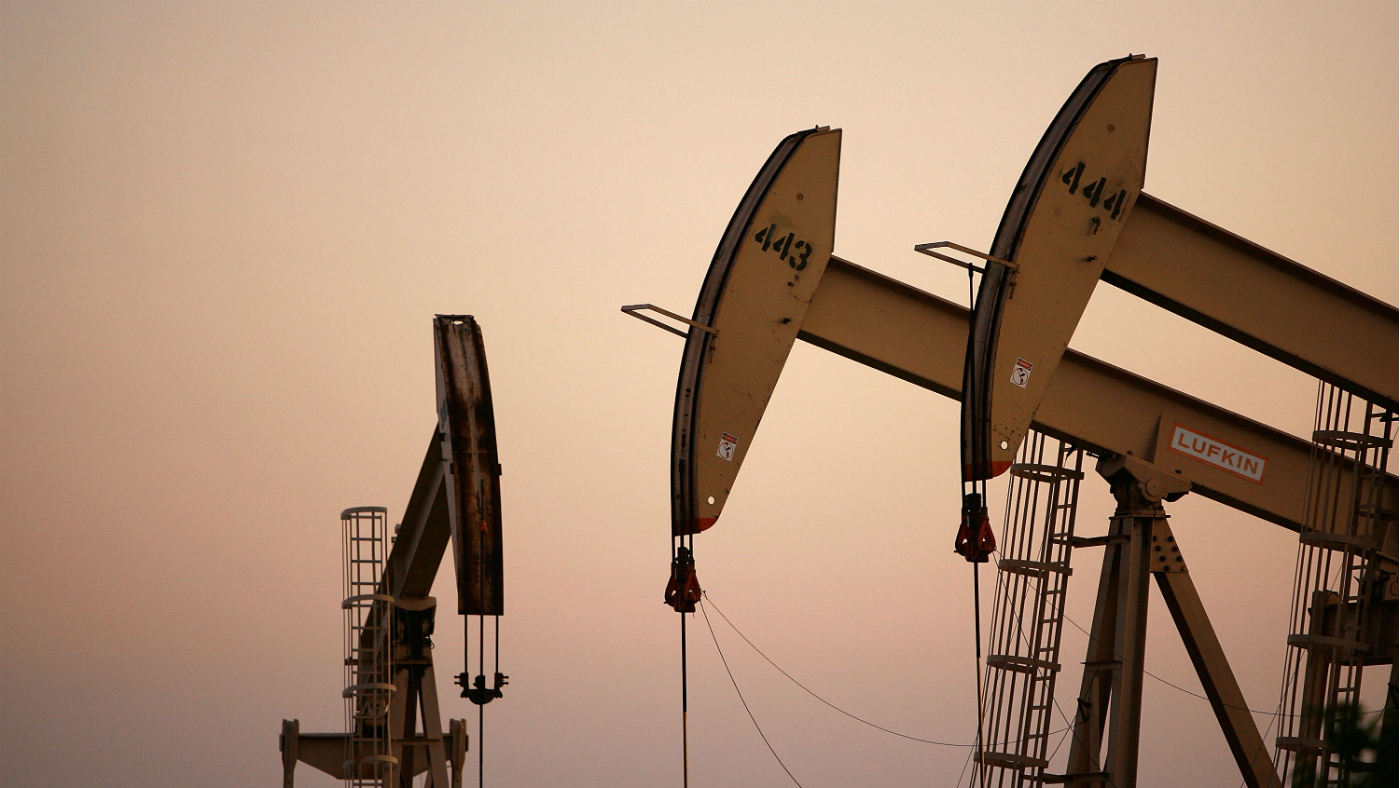 What do negative oil prices mean?
What do negative oil prices mean?In Depth Perfect storm of oversupply and storage shortages sees producers paying to get rid of US crude